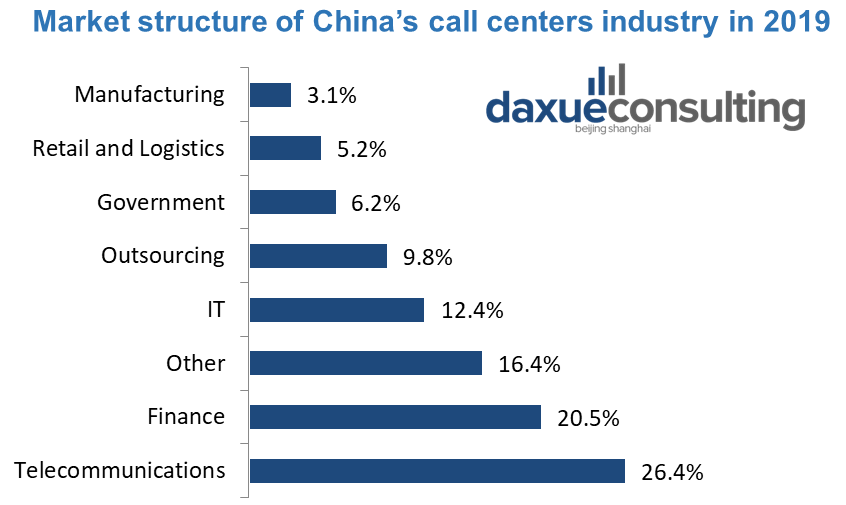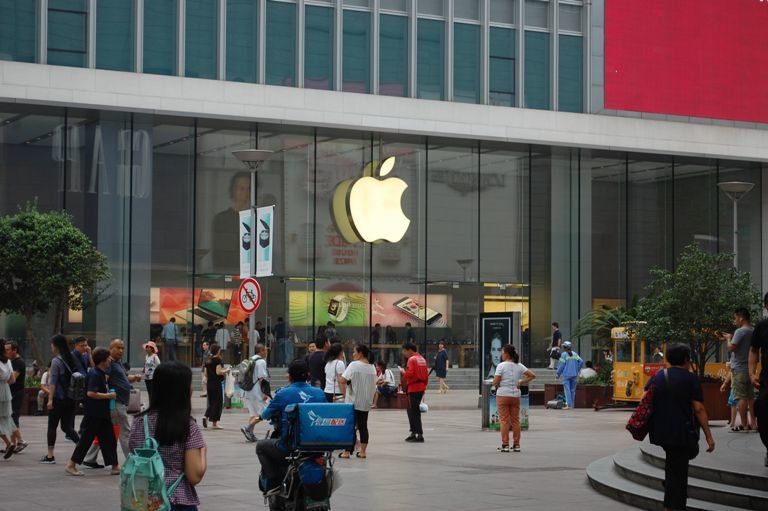In today’s competitive international marketplace, companies are under intense pressure to lower costs. This has lead to China being the ‘factory of the world’ but now as manufacturing moves to other countries, other opportunities for business process outsourcing (BPO) in China rise. Does that mean China is the next destination for call centers?
Call centers can be classified into different types: call service and product offering forms. According to the product offering forms, a call center can be divided into In-house call centers type, outsourcing type, and hybrid type.
The market of call-in centers in China is on the rise. It was estimated that China’s call center seats will exceed 2 million by 2020.
The development of Call centers in China
Between 1995 and 1998, the concept of call centers was introduced by Lucent Technologies (朗讯). From then to 2001, the market entered a period of rapid growth. The third and fourth steps of the development of call centers in China consisted of integrating call technology in the Telecom industry and other industries later on.
Call centers in China are mainly distributed in the east, north, and southern regions. However, central and southwest China is a newly developing area of call center transfer in recent years.
At present, China has formed six call center industry clusters in the Yangtze River Delta, the Bohai Rim, the Three Eastern Provinces, the Central Region, the Pearl River Delta, Sichuan, Guizhou, and Chongqing.
The number of call center agents in these six clusters accounts for 93% of the country with a strong presence in Chengdu, Chongqing, Guiyang, and Zunyi.
To outsource call centers in China, prices range from 4,000 yuan up to 10,000 yuan per month and per person contracted. Prices are decided ahead of the deal depending on the complexity of the product or service and whether or not it is on a long or short-term.
Current market of call centers in China
At present, China’s call center industry is mainly divided into three categories, including in-house, outsourcing and trusteeship (托管) call centers. In 2018, the total market scale of China’s call center reached 186.5 billion yuan, of which 63.8 billion yuan account for the outsourcing category.

Data Source: Zhiyan cixun, designed by Daxue Consulting, Market structure of call centers in China
Competitors in China’s call center market
PCCW
PCCW is a global company based in Hong Kong which holds interests in telecommunications, media, IT solutions, property development and investment, and other businesses.
Arvato (欧维特)
Arvato is an international media service company and one of the largest service providers in the world. Its services range from providing outsourcing service of call center for customer service to developing customer loyalty project, processing payment transaction, customer relationship management (CRM), etc.
Teleperformance
Teleperformance is an omnichannel who provides customer acquisition, customer care, technical support and other services around the world.
800 TeleServices (飞翱800)
800 TeleServices is dedicated to providing business process outsourcing and one-stop solutions for companies in various industries.
New call technology in China
Call centers call for the use of Interactive Voice Response (IVR) which boosts the customer service experience by guiding the caller through a self-service menu. IVR allows to gain productivity and effectiveness.
Artificial intelligence is also expected to be more prominent in call centers not only globally but also in China. AI offers infinite possibilities and solutions.
Call centers in China are presently mainly present in the Telecommunication and Finance industry, however other industries may call for the use of call centers (Health industry and cloud computing for example).
Future development of BPO in China
Several factors may figure into the sourcing decision: management vision, factor costs and conditions, customer needs, public opinion, logistics, country infrastructure, the political environment, and exchange rates.
Although China may have lower wage rates than other countries, call center agents in China are far from inexpensive and require extensive training.
Even if outsourcing can help reduce costs, sometimes customers are seeking something besides the lowest possible price. Additionally, call centers in China may not be able to answer complex questions from a customer in another country. In such instances, the need to keep customers satisfied justifies the higher cost of home-country support operations.
Author: Oriane Corral
Learn something new? Stay updated on the Chinese market by following our WeChat, scan the QR code below, or subscribe to our newsletter

Listen to over 100 China entrepreneur stories on China Paradigms, the China business podcast
Listen to China Paradigm on Apple Podcast






